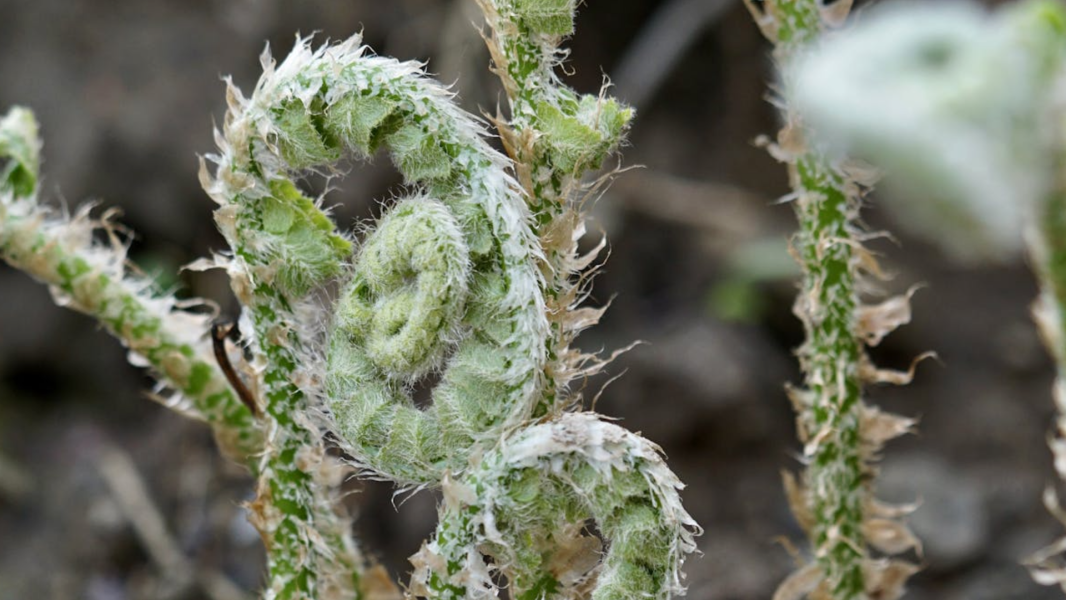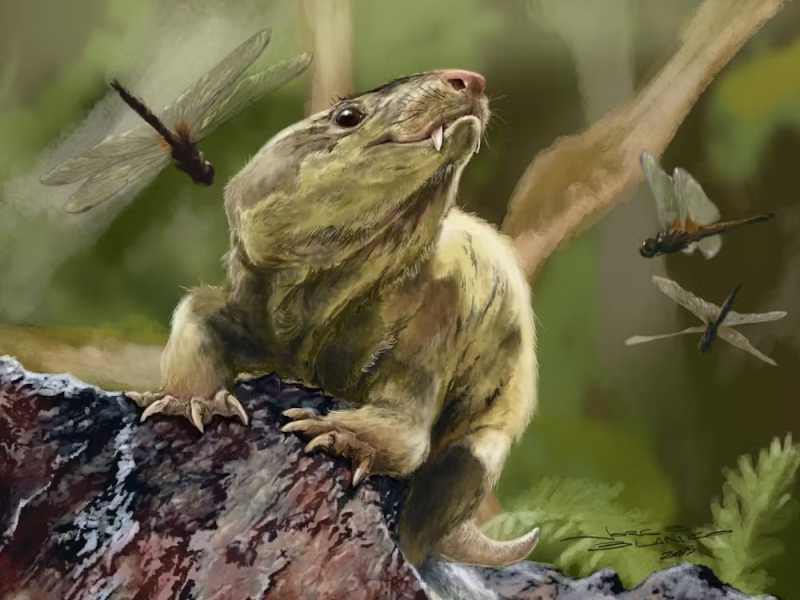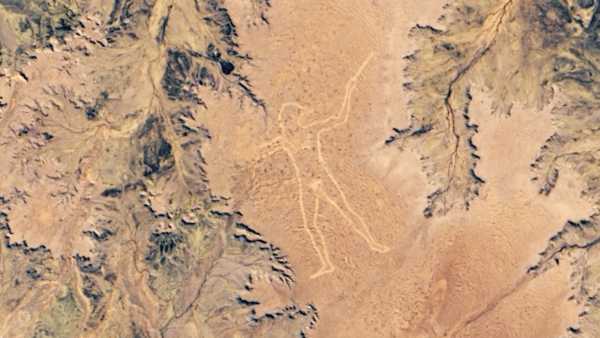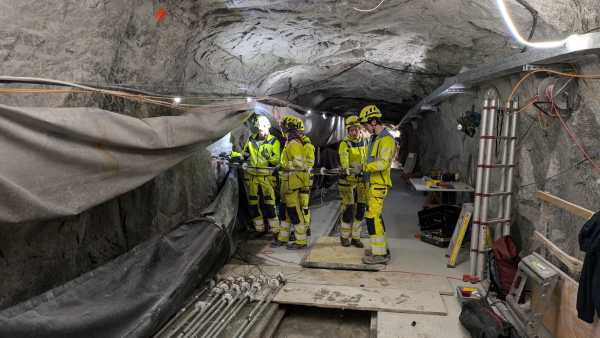
A blooming flower of the Christmas fern (Polystichum acrostichoides). (Photo by Jacob S. Suissa, CC BY-ND)
Visualize a picture of your great-grandparents, grandparents, and parents sitting side by side. You will notice some similarities, but each generation will be different from the one before. This is the simplest form of evolution: descent with modification.
Amazing changes can occur over countless generations. This is the source of the diversity of life on our planet.
However, this concept has long been misunderstood as a linear path to “higher” or “better” forms of life. For example, Rudolf Zallinger’s famous 1965 Time-Life illustration “The Road to Homo Sapiens” shows humanity evolving in stages from ape-like ancestors to modern humans.
Extending this view beyond the human species, early paleontological theories about life in the past supported the concept of orthogenesis, or “progressive evolution,” where each generation of a lineage evolved toward more complex or optimized forms.
But evolution has no end point. There is no final goal or state. Organisms evolve through natural selection acting in a particular geological period, or simply by drifting without strict selection in any direction.
In a recent study I conducted with Makale Smith, then a National Science Foundation-funded research assistant at Harvard University, we sought to determine whether the one-way model of reproductive evolution holds true for plants. Instead, we found that in many species of ferns—one of the most ancient groups of plants on Earth—the evolution of reproductive strategies was bidirectional, with plants sometimes reverting “backwards” to less specialized forms.
Evolution is not linear
Selection pressures can change at any time and drive evolution in unexpected directions.
Consider dinosaurs and mammals. For over 150 million years, dinosaurs exerted significant selection pressure on Jurassic mammals, forcing them to remain small and live underground to avoid extinction by predators.
Then, about 66 million years ago, the Chicxulub asteroid wiped out most of the non-avian dinosaurs. Suddenly, small mammals were freed from predator pressure and could begin living on the surface, eventually evolving into larger forms, including humans.

Bonacynodon schultzi, an ancestor of modern mammals, lived in the shadow of the dinosaurs during the Triassic period in what is now Brazil.
In 1893, the Belgian paleont
Sourse: www.livescience.com





